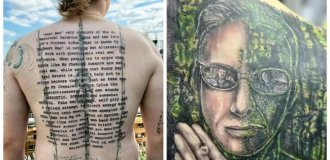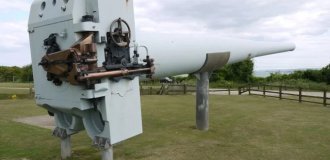Some miracles are simply the result of a combination of very ordinary circumstances. And a miracle is not always wonderful and pleasant. 
Leonard Trask was born June 30, 1805 in Hartford, Maine. Like his father, the young man was a farmer. In addition, he was engaged in logging and brick making. 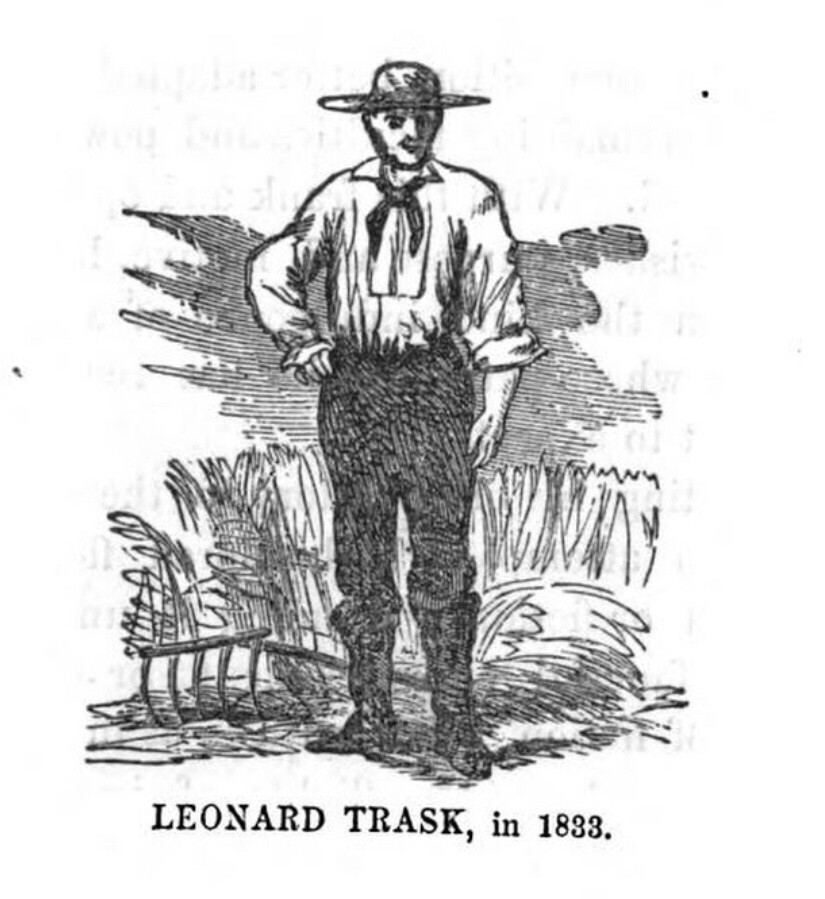
By 1830, Trask was a married man with seven children and a thriving farm in Peru, Maine. An accident happened to a man in 1833. A pig fell under the feet of the horse Trask was riding. The horse became nervous and threw its rider, who landed unsuccessfully on the shoulders and neck. The injury was so serious that the farmer crawled home, unable to stand on his feet. 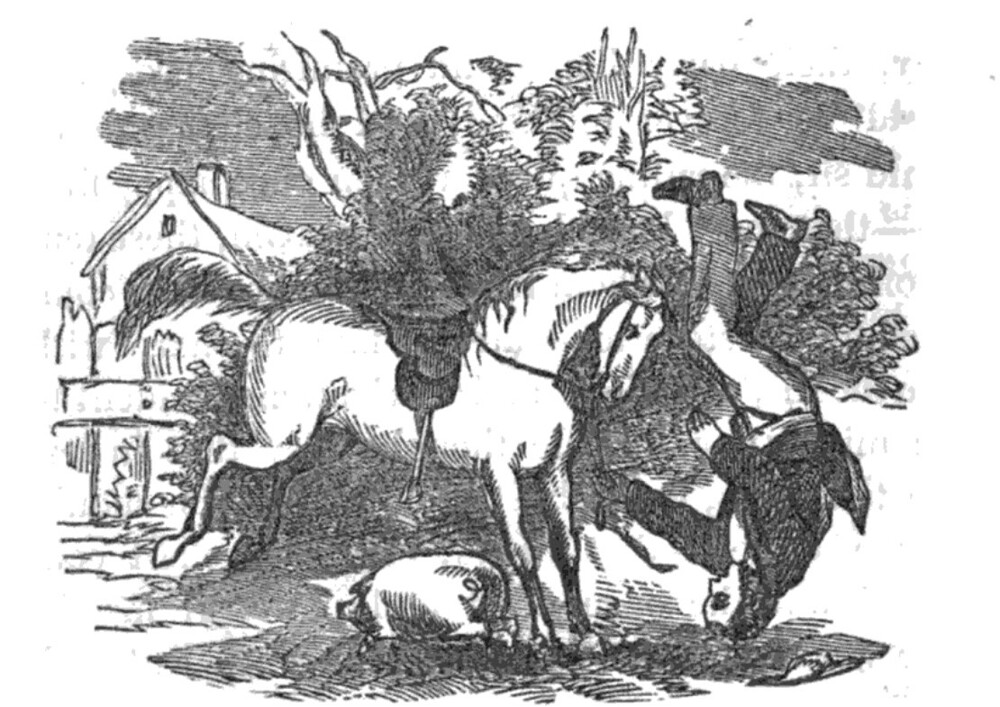
It took Leonard several months to recover from his injuries, and even then he could only work for an hour or so without a break.
The following year, many of the animals on his farm died from disease. Because he was bedridden for so long, she was not cared for properly. Now Leonard had to get back to work to get money and save the farm. 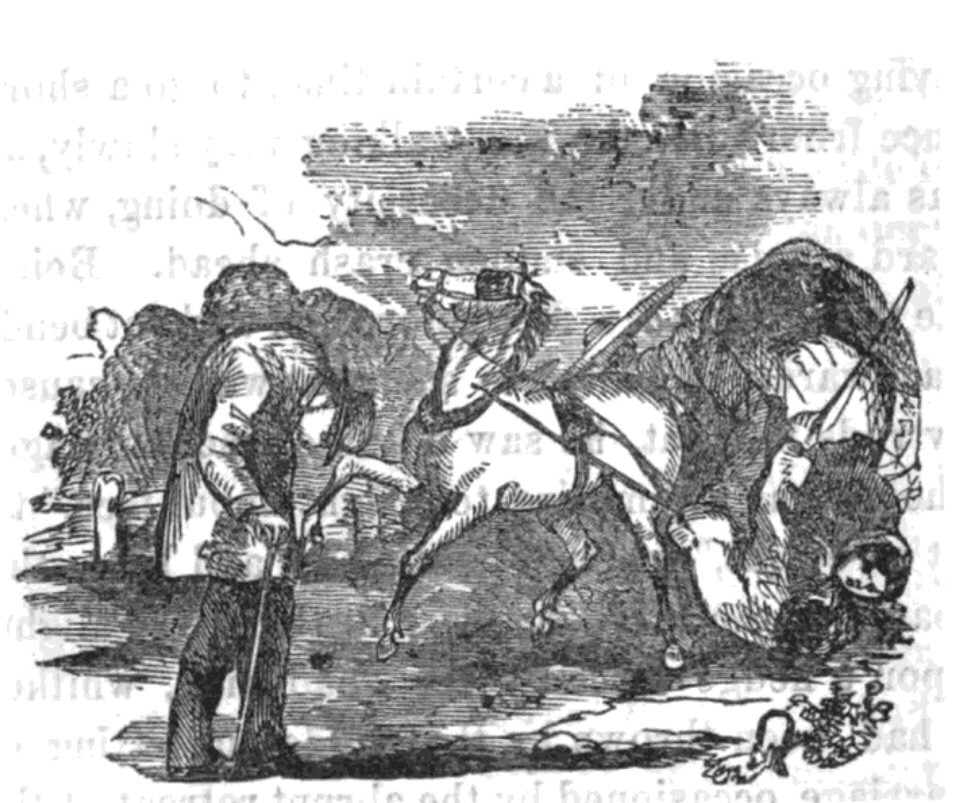
In 1834 he went to work as a lumberjack. Working conditions were terrible. Leonard experienced inhuman pain while working. Every morning he pulled himself out of bed with a rope and ate while walking because sitting was too painful.
By 1835, his back began to sag and his shoulders began to move forward. He lived like this until 1840, when another accident happened to him. He fell from a haystack and broke his collarbone and ribs. The man was again bedridden and suffering from a debilitating fever. 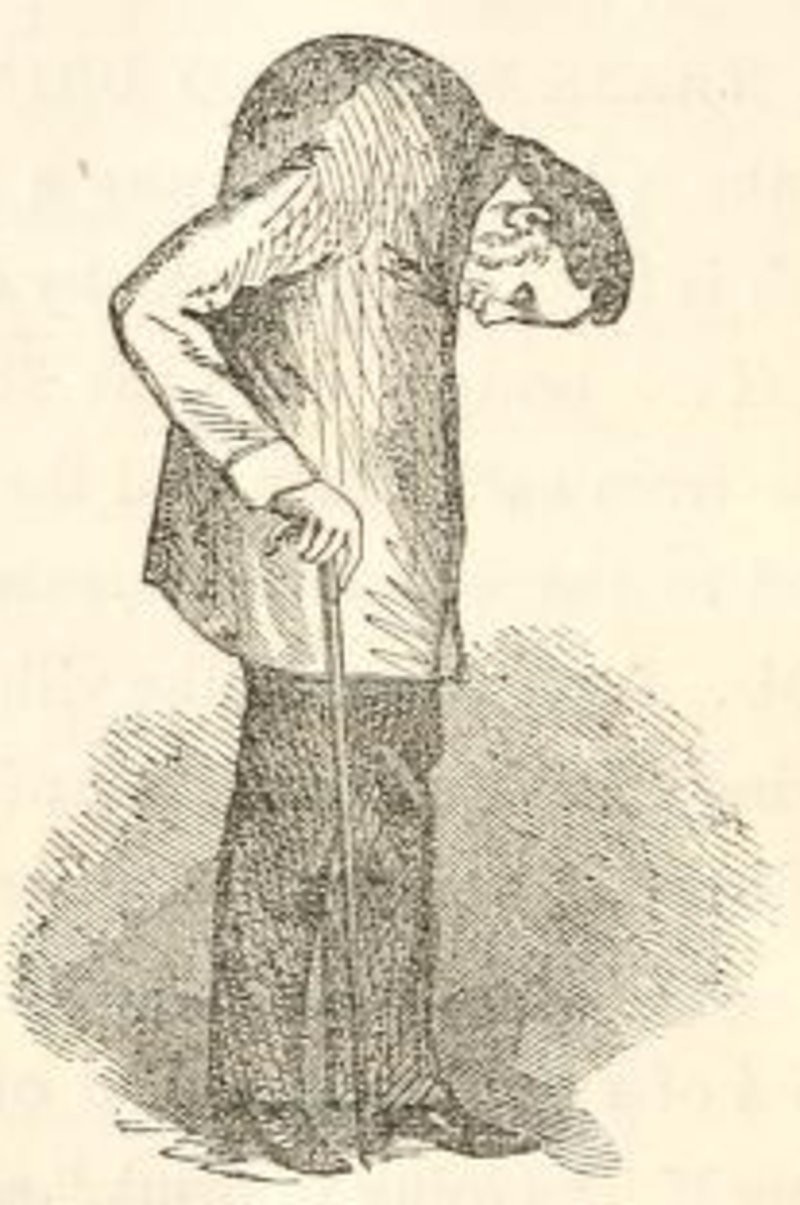
Already at the recovery stage, Trask was unexpectedly injured again. The man had an accident and broke his spine, causing the bones in his neck and back to begin to separate. Because of this, the arch of the back increased, and the head practically lay face down on the chest.
The curve was so strong that his shoulders became the tallest part of his body. The man, who was once 186 centimeters tall, was now only 125 centimeters tall. He also lost significant weight. 
Leonard saw 22 different doctors who tried many different treatments. They bled him, put leeches, stretched his body and prescribed many different ointments and tonics. Nothing helped.
By that time, Leonard could no longer work on the farm and made various things that he tried to sell door to door and on the streets. He had to give up this attempt to earn a living because, due to his deformity, he was constantly harassed, insulted and attacked. His wife and grown children took care of the disabled man as best they could. But he didn't want to be a burden. And as a result, he agreed to co-author an autobiography entitled “A Brief Historical Sketch of the Life and Sufferings of Leonard Trask, a Remarkable Disabled Man.” Selling a book made it possible to earn some money and stay afloat. 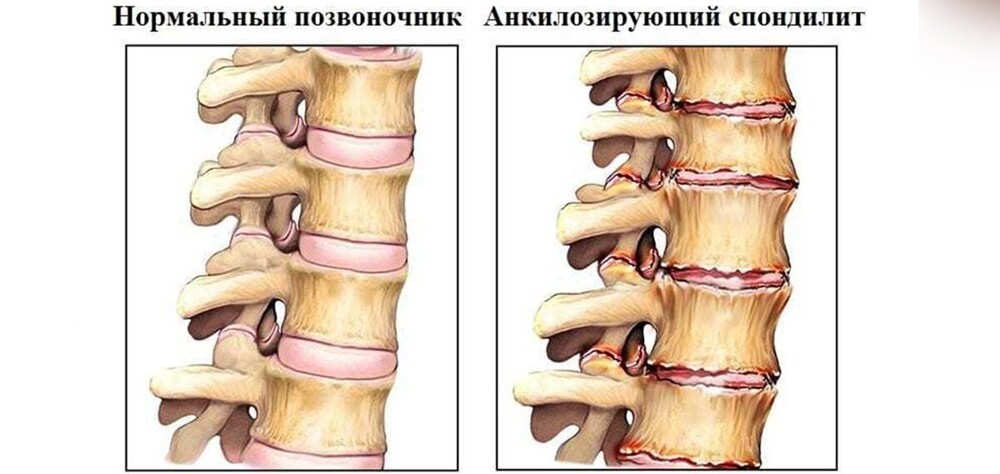
Leonard died on April 13, 1861. After his death, he was diagnosed with ankylosing spondylitis, a rare type of arthritis that affects the spine. Leonard became the first documented case of this disease in the United States. Currently, less than 0.2% of the world's population suffers from this disease.
Add your comment
You might be interested in:





